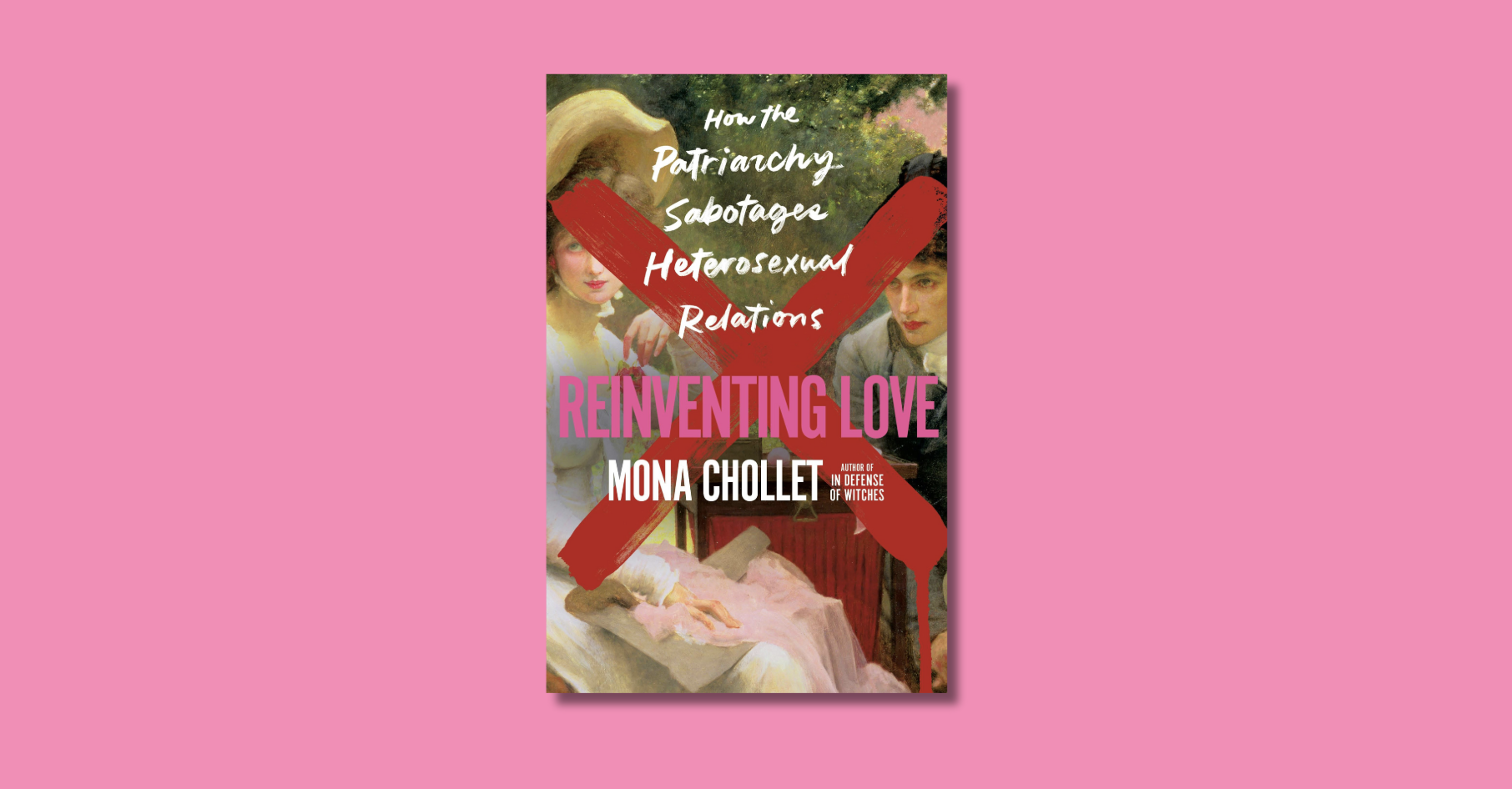In the summer of 2004, in what seemed like a simpler time when the Millions was barely a year old, and I was still a couple of months away from adding my two-cents worth (Canadian) to it, Max introduced me to the writings of Ryszard Kapuscinski. While reading Shah of Shahs, and marveling at the reportage and at the powerful, witty and humane voice jumping off of the page, I had to keep reminding myself that I was reading a translation, and that not only were Kapuscinski’s magnificent words and images being translated, but William R. Brand and Katarzyna Mroczkowska-Brand had managed to capture the subtleties of his literary voice.
Delivering those translated words so that the reader gets the full experience – all the nuances hidden in the shadows of the language – seems to me to be a monumental task. Think, then, what is involved in translating something which is entirely image. Where the flashes of color, and the music of the words, the rhythms and the tones, must all be conveyed to the innocent reader. Think what must be involved when translating poetry.
 A recent Globe and Mail article, “An Athlete in the extreme sport of poetry,” profiles Erin Moure, who, along with Robert Majzels, has translated Nicole Brossard’s Cahier de roses et de civilisation (Notebook of Roses and Civilization).
A recent Globe and Mail article, “An Athlete in the extreme sport of poetry,” profiles Erin Moure, who, along with Robert Majzels, has translated Nicole Brossard’s Cahier de roses et de civilisation (Notebook of Roses and Civilization).
On the seemingly daunting task of translating Brossard’s poetry, Moure says: “There are challenges because she has a kind of tone and register, on what we call the macro and micro level, that we have to maintain. Plus, Brossard does things in French that are syntactically strange that we have to find a way of doing in English as well.”
The article also discusses the collaborative method that Moure and her co-translator used. Moure would “do three pages in a row, then Bob’ll translate three pages in a row, the next three pages, and so on.”
As an interesting aside, Moure also wishes that there were other translations of Brossard’s book: “You can only start to see the texture of the original language really, really when there’s more than one translation.”








